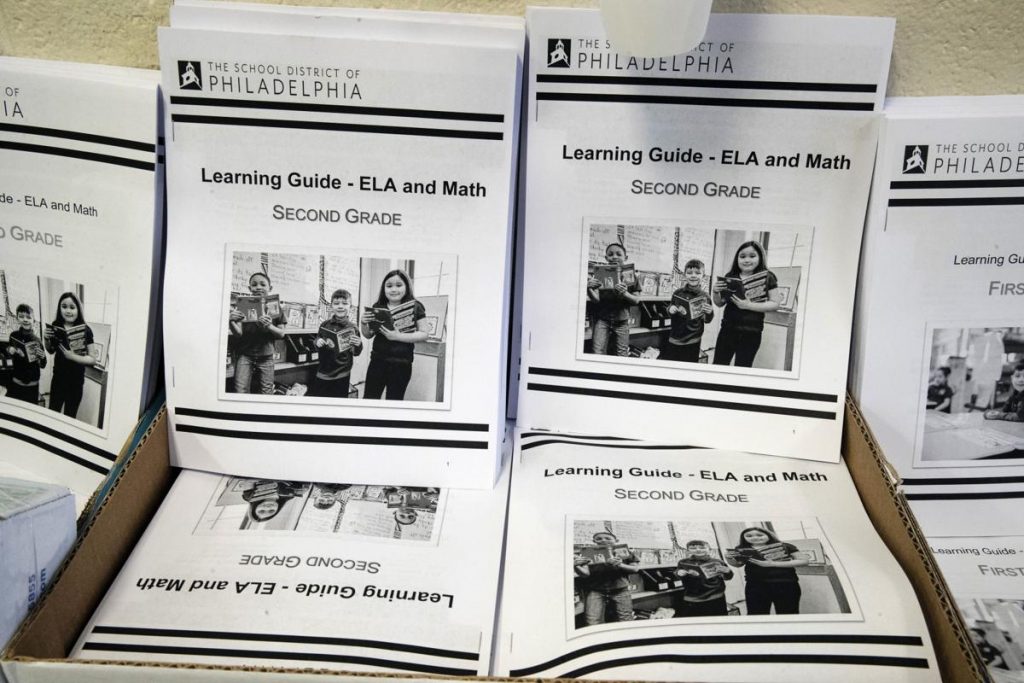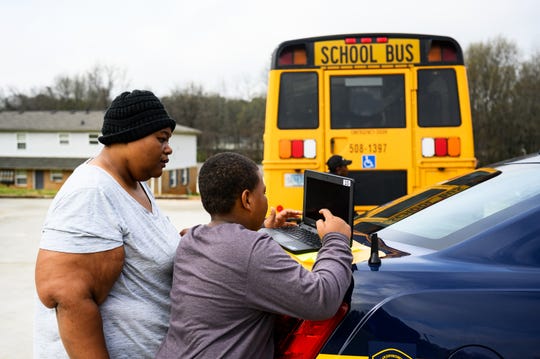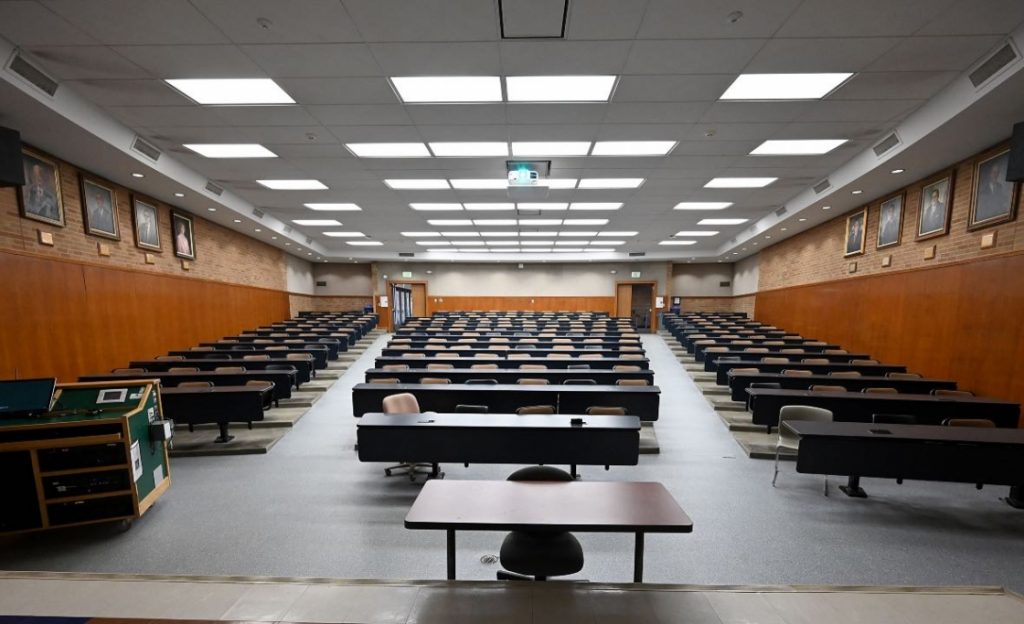

Before the COVID-19 outbreak, the capacity of education technology to overcome the the national and global digital divide was already under debate. In late December of 2019, blogger Audrey Watters published a commentary highlighting ed tech’s exacerbation, appropriation, and oversight of the structural inequalities — including educational, racial, social, and economic inequities — that constitute the digital divide. Watters discussed the catastrophic failures of the self-serving projects of Ed-Tech philanthropists and initiatives, such as MIT Media Lab founder Nicholas Negroponte’s One Laptop Per Child (OPLC) Initiative.
The Digital Gap

Now, the public health crisis is exposing the extent of the digital divide and the deep entrenchment of inequities. As more and more districts are compelled to close their schools, the differential smoothness of adapting to online education, for students, families, and school districts, is becoming increasingly apparent. Low-income students, tribal communities, and communities of color have been disproportionately impacted by these transitions.

Asserting the need to establish universal digital access in the U.S., Nicole Turner Lee, a Fellow at the Center for Technology Innovation at Brookings Institution, emphasizes that many students do not have access to broadband services and digital devices at home. According to an analysis of 2015 Census data, 15% of U.S households with students in high school or younger do not have access to high-speed Internet. In urban and rural communities, public school districts are attempting to mitigate the consequences of these inadequacies by dispensing school buses with W-Fi routers to neighborhoods. Other considerations include disparities in the favorability of learning environments and physical spaces in different households as well as language barriers that may inhibit the capacity of students and parents to navigate online learning platforms.
Higher Education
However, the inequities perpetuated by school closure is just as devastating in higher education. Considering the aggregation of people on campuses, colleges are particularly vulnerable to the transmission of the virus. The University of Washington was the first college in the U.S. to close its campus on March 6th. Many college students rely on campus access for safety, income, housing, learning resources, and internet service. Moreover, travel restrictions particularly impact the capacity of international students to find alternative housing options quickly. Consequently, institutions are struggling to navigate the transition to online learning, the establishment of new guidelines for credits, grades, and final evaluations, as well as the provision of digital access and devices to students. Writing for BestColleges, Anne Dennon describes the inadequate preparedness of colleges for the adoption of distance learning techniques. Dennon refers to the observations of online education advisor Melissa Venerable on the increasing evidence of the insufficient consideration of the potentiality of online learning support before the pandemic. As Venerable comments, “There aren’t enough instructional designers and other learning specialists to go around right now. These offices have not been a priority at colleges and universities.”

Filling the Demand

As the demand for sustainable and inclusive distance learning options increases, educational technology companies have emerged to extend services, offer free resources, and seize the opportunity. Schools are in need of electronic assessment tools, video-conferencing and lecture platforms, virtual classrooms, and other communication resources. The prominence of ed-tech companies in the transition to distance learning has accentuated the dual potential of ed-tech to both exacerbate and alleviate educational inequities.
Mitigating the digital divide
In late April, California’s governor, Gavin Newson announced that Google will be providing 100, 000 free WiFi hotspots and distributing 4,000 Chromebooks to families without digital access in the state. As schools transition to distance learning on ed-tech platforms, Google’s gesture is one of many undertakings by ed-tech companies to diminish digital and educational disparities. The transition to digital learning may further exclude people with disabilities that might inhibit their capacity to access online learning resources. Consequently, Accessibyte Online, an assistive technology company is providing free tools that support the learning experience of vision and hearing-impaired students. Coursera, an online learning platform, is offering around 4,000 free courses to every university in the world until August. Top Hat, a collaborative platform for students, is similarly extending free lecture tools for students and professors until the end of the current semester. Pronto, a communication platform, is offering free services to professors and students over the spring and summer terms. OpenStax, a nonprofit ed-tech initiative that offers peer-reviewed textbooks in free or discounted digital formats and prints is also extending free teaching resources for the rest of the semester. Other companies extending free teaching and learning resources include:
- Perlego, an online textbook library
- Unity, a platform that includes tutorials/lessons for game development
- Microsoft‘s Teams, a collaborative platform
- Adobe Connect, a web conferencing platform
- McGraw Hill, digital learning platform
- GitHub, a software development platform
Exacerbaitng inequities
However, the widespread turn to educational technology platforms also begs the question of whether or not this is a sustainable solution. Audrey Watters’ analysis of failures in ed-tech initiatives emphasizes the incongruence between the purportedly revolutionary aims of ed-tech innovations and their ultimate premature failures. Carlo Perotta, a senior lecturer on digital literacies, similarly describes how the successions of boom and bust in the ed-tech industry calls into question the capacity of ed-tech to alleviate the differential accessibility of education in the current pandemic. Perotta evokes the popular critique that ed-tech companies prioritize the securement of start-up funding over the actualization and facilitation of the large-scale and effective adoption of educational technology platforms. Moreover, amid the increasing reliance on ed-tech platforms, the temporarily free resources offered by companies are unable to address other disparities in educational access. For example, as schools distribute teaching and child-care responsibilities to families, the digital literacy and support of families and parents are crucial to the learning experience of younger students. As such, while Perotta and other experts distinguish the temporary impact of ed-tech, they question whether or not the platforms are capable of serving as transformative long-term solutions.
Moreover, while many ed-tech companies are offering temporarily free resources, these gestures also represent the industry’s attempt to profit from COVID-19. Consequently, the increasing privatization of the deliverance of education accentuates the attempt of ed-tech companies to profit from services that necessitate students and households to take on the bulk of the educational labor. This is a burden that some households are more capable of taking on than others. While ed-tech companies already profit extensively from such services, the pandemic provides a unique opportunity to institute widespread participation in such economic relations. Correspondingly, journalist Sarah Lahm describes the entrepreneurship opportunities offered and seized upon during the pandemic as representative of the motives and incentives of “disaster capitalism.”